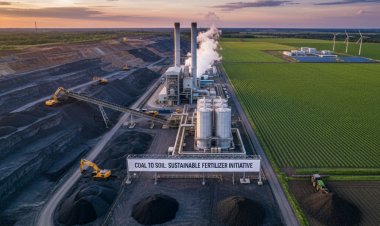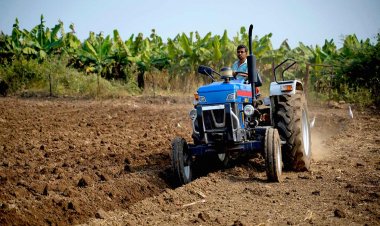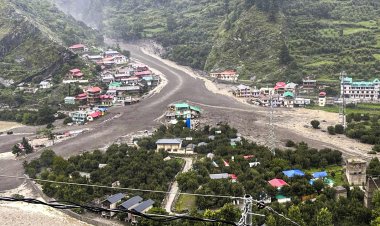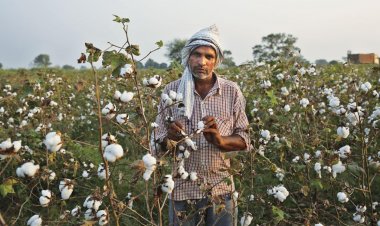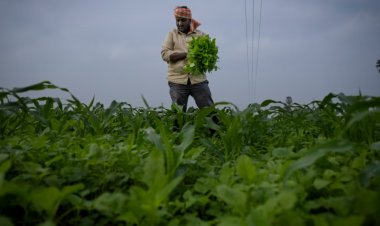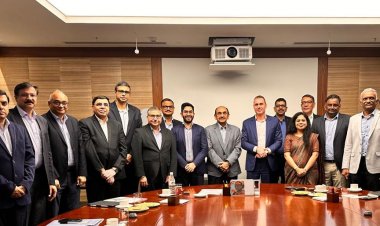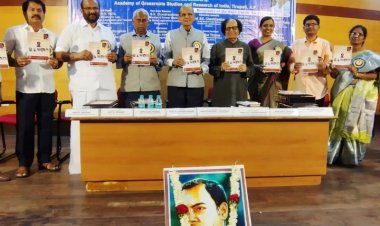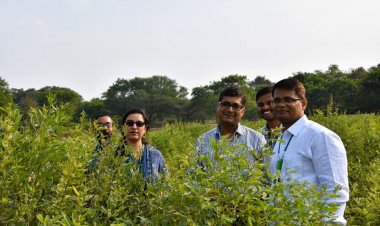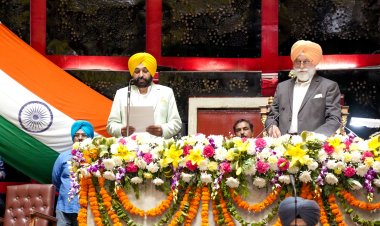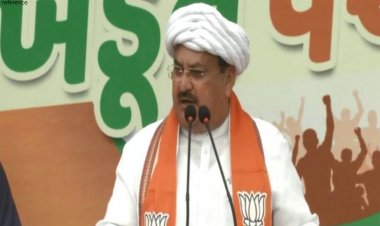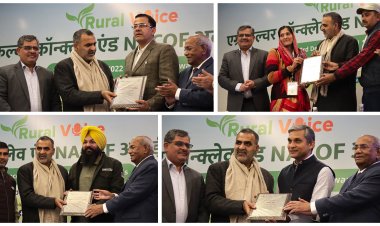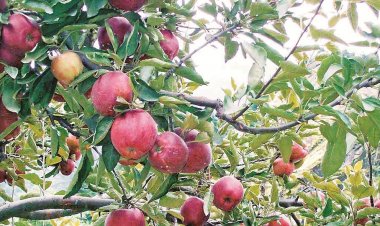Food losses and wastage contribute to food insecurity
Despite high economic growth since the reforms of 1991, a large percentage of Indians continue to be undernourished. While the efforts to increase the productivity of crops, livestock, fisheries, etc. and the development of climate-resilient technologies in agriculture and allied sectors must continue, there is an enormous need to bring the issues of food losses and food wastage centre stage. The reduction in food losses will come through policies and incentives of the government but the initiative for reducing food wastage must come from businesses and India’s rich and middle classes.

As we move towards the end of the tumultuous year 2022, food insecurity continues to torment several countries. Due to the Covid-19 pandemic and its aftermath, prevalence of undernourishment (PoU is an estimate by the FAO of the percentage of the population whose normal consumption of food is inadequate to provide the energy levels required to maintain a normal active and healthy life) presents a highly disturbing picture. Globally, it increased from 8 per cent in 2019 to around 9.3 per cent in 2020. In 2021, it went further up to 9.8 per cent. This implies that up to 828mn people did not receive sufficient food and faced hunger in 2021. More than one-third of the population in several African countries was a victim of undernourishment. The poor in India have also suffered a great deal.
Despite the adverse global situation, food inflation in India is relatively moderate. In October 2022, the core Consumer Price Inflation (CPI excluding food and fuel) inflation was still high at about 6 per cent. But several factors responsible for food inflation at the global level were not so prominent in India.
An International Monetary Fund (IMF) blog published in October noted that the following four important factors contribute to high food prices in most countries. In 2022, all these factors were globally in play but in India, the impact was not hugely adverse due to several mitigating factors:
1. One per cent drop in global harvests raises food commodity prices by 8.5 per cent.
This was visible in India too as the winter crop of wheat in Rabi 2021-22 was lower due to high temperatures in March-April 2022.
2. One percentage point increase in the Federal Reserve’s interest rate reduces food commodity prices by 13 per cent after one quarter.
The RBI has raised repo rates (or the rate at which the RBI lends funds to banks) by a cumulative 225 basis points (bps) since April 2022. This is less than the increase of 350 bps increase by the US Federal Reserve in about the same time. However, food prices have not fallen by 13 per cent since.
3. One per cent increase in fertilizer prices, which have climbed recently on the surge in natural gas prices, boosts food commodity prices by 0.45 per cent.
However, In India, fertilizers (especially urea) are heavily subsidized by the Union Government and the total fertilizer subsidy in 2022-23 is projected to reach Rs 2.25 lakh crore, up from Rs 1.6 lakh crore in the previous year.
4. One per cent increase in crude oil prices increases food commodity prices by 0.2 per cent.
Due to fears of a recession in major western economies and China, crude prices have fallen lately and on 9th December, Brent crude was quoted at US $76.10 per barrel. This is much lower than the highest level of $123.70 this year.
High prices of food items have received global attention, especially due to the restrictions on the export of wheat, corn and sunflower oil from Ukraine due to the Russian invasion and blockage of black seaports. But food losses and food wastage do not get the desired consideration of policymakers across the nations. Food losses denote the loss of production from harvesting to wholesalers, processors and retailers. At every stage of the supply chain, there is some loss of quantity (and often the quality) of food.
The loss of food in the hands of consumers is classified as food wastage.
In 2013–14, the Ministry of Food Processing Industries (MoFPI) commissioned ICAR to conduct a repeat study of food losses. The survey-based study was done by the Central Institute of Post-Harvest Engineering and Technology (CIPHET) and the Indian Agricultural Statistics Research Institute (IASRI). The study based on actual observation or measurement of losses included crops, fisheries, milk, poultry, meat, fruits and vegetables. However, this study did not capture the reduction in weight due to drying/moisture loss, kitchen and table losses, etc. Moreover, the loss of quality and value, the loss of goodwill or reputation, seed vigour loss, etc. were also not captured as they were not quantitative in nature.
The study estimated a loss of food amounting to Rs 92,651 crores. The table below shows the losses in the supply chain. Despite the awareness of substantial losses in the supply chain, the desired level of public awareness and government intervention are missing. While there is a great deal of research on finding seeds of higher yield, climate-resistant varieties of plants, better methods of irrigation to save water and providing subsidies on creating cold-chain infrastructure, there is not much investment in reducing the food losses.
Estimate of Food Losses
|
Crop/ Commodity |
Losses (%) |
|
Rice |
5.5% |
|
Wheat |
4.9% |
|
Maize |
4.7% |
|
Potato |
7.3% |
|
Tomato |
12.4% |
|
Cauliflower |
9.6% |
|
Cabbage |
9.4% |
|
Onion |
8.2% |
|
Apple |
10.4% |
|
Grapes |
8.6% |
|
Banana |
7.8% |
|
Eggs |
7.2% |
|
Marine fishery |
10.5% |
|
Milk |
0.9% |
|
Meat (Sheep/Goat) |
2.7% |
Source: CIPHET-IASRI study 2015
In many states, the Agricultural Produce Market Committees (APMCs) do not exist, or they have very poor infrastructure. Even in the states where APMCs are relatively strong and better managed, the farmers’ produce is dumped on the auction floor at the first point of arrival of crops. Most of the transportation by farmers from their storage point to the APMCs is in second-hand gunny bags of very poor quality. From the first point of sale in APMCs to the secondary destinations also, transportation is in gunny bags. Very few APMCs have facilities for drying, sorting and grading of produce. In the process, not only there are losses but the farmers are also shortchanged as there is little scientific testing of produce before their produce is auctioned. In the APMCs of Rajasthan for example, most of the mustard brought by farmers is visually examined for oil content and the farmer has no option but to accept the rate offered by the commission agent.
The quality of warehousing in most states is also very poor and despite the enactment of the Warehousing (Development & Regulation) Act (WDRA) 2007, the registration of warehouses with WDRA is not compulsory. Banks also do not insist on the storage of commodities in registered warehouses and pledge loans are offered by banks on the strength of third-party collateral managers. As a result, a visionary road map to improve warehousing continues to lag and only 3,444 warehouses are registered with WDRA. In India’s most advanced agricultural state, Punjab, out of 27 registered warehouses, 24 are owned by the Central Warehousing Corporation (CWC) and only three are privately owned.
In many states having weak APMCs, especially in eastern India, the farmers bring their produce to village haats. In the Union budget of 2018-19, when the doubling of farmers’ income was still high priority for the Government, it was announced that 22,000 rural haats across India will be upgraded to Gramin Agricultural Markets (GrAM). The number of haats upgraded so far is not known. Therefore, the produce brought to such haats, especially by the small and marginal farmers, would be suffering losses at the first point of sale itself.
If losses in the supply chain are to be reduced, a lot more investment in marketing infrastructure is needed. One hopes that the budget for 2023-24 will find resources for such investment.
While there is awareness about food losses in the country, very little research has been done to study food wastage at the consumer end. In a working paper, the World Resources Institute and the Food and Land Use (FOLU) Coalition reviewed the studies done to understand the magnitude of food wastage in the country (Food Loss and Waste in India: The knowns and the unknowns, 2021). The study found that there are no household-level data of food wastage and out of 22 studies on wastage, only ten have gathered primary data. The report notes that a substantial quantity of food is wasted at weddings and other social occasions. In the hospitality sector, poor quality of food preparation and overproduction are the reasons for food wastage.
One reason for the lack of studies on food wastage is that no ministry of the Government has a clear mandate to reduce food waste. In 2011, the then Food Minister KV Thomas had taken up this subject with the state governments and asked them to include food wastage as a subject in the school curriculum of secondary and higher secondary students. He also mentioned the practice of offering a large number of dishes served in marriages and other functions, which would be resulting in food wastage.
The UK presents a successful example of recognizing the importance of reducing food wastage. Established in 2000, WRAP (Waste & Resources Action Programme) is a British charity. It is a non-government organization, due to which businesses, individuals and communities find it easier to relate to its objective of reducing food waste. It has been able to create awareness that food losses and waste may be contributing 8-10 per cent of man-made greenhouse gas (GHG) emissions. WRAP has highlighted that emissions due to food loss and waste were the third largest emitters after China and the USA. Due to interventions by various stakeholders in the UK, it is claimed that there has been an 18 per cent reduction in food wastage across retail and manufacturing since 2007.
Despite high economic growth since the reforms of 1991, a large percentage of Indians continue to be undernourished. While the efforts to increase the productivity of crops, livestock, fisheries, etc. and the development of climate-resilient technologies in agriculture and allied sectors must continue, there is an enormous need to bring the issues of food losses and food wastage centre stage. The reduction in food losses will come through policies and incentives of the government but the initiative for reducing food wastage must come from businesses and India’s rich and middle classes.
In March 2017, Prime Minister Narendra Modi highlighted the need for reducing food wastage in his Mann Ki Baat radio programme. If the Government takes it up as a challenge, food loss and wastage in India can surely come down in the coming years.
(The author was Secretary, Ministry of Food Processing and Ministry of Agriculture, Government of India. He is Advisor, Food Processing, FICCI.)
References:
https://press.un.org/en/2022/gaab4408.doc.htm
https://www.fao.org/sustainable-development-goals/indicators/211/en/



 Join the RuralVoice whatsapp group
Join the RuralVoice whatsapp group

















